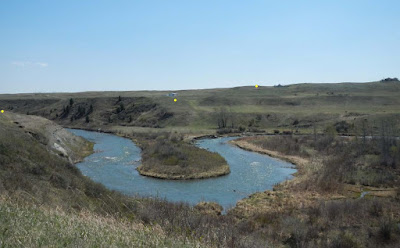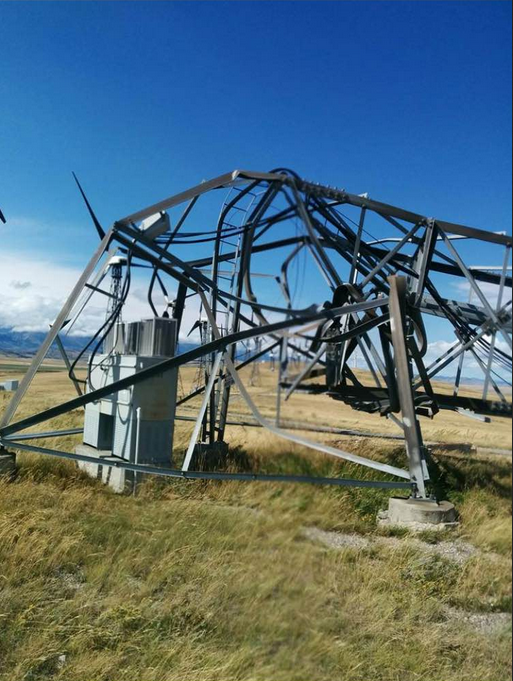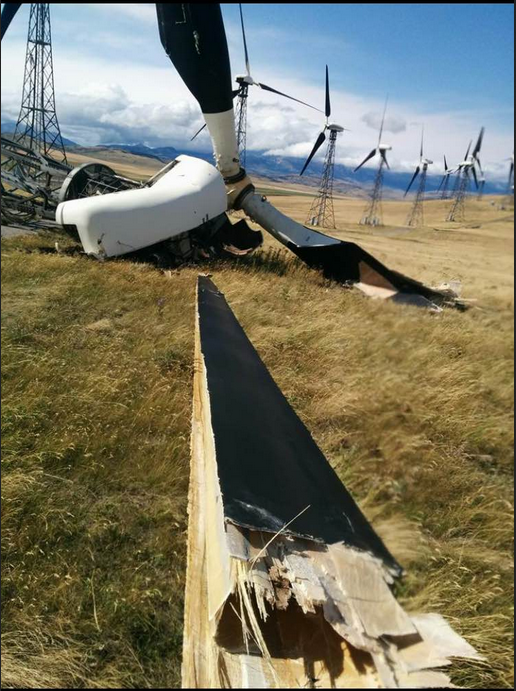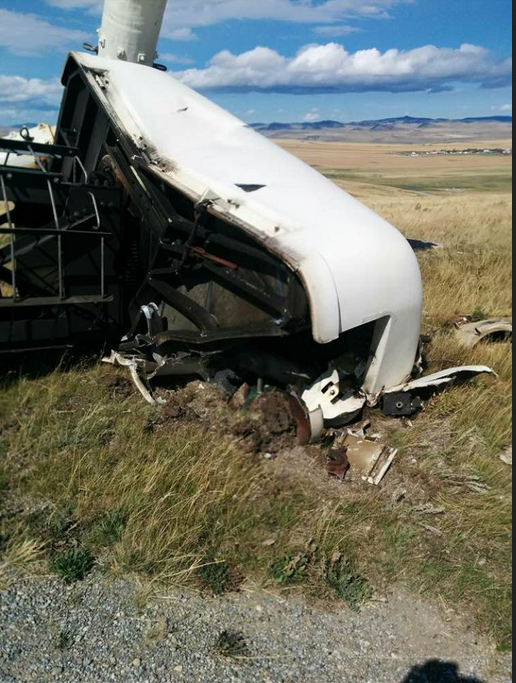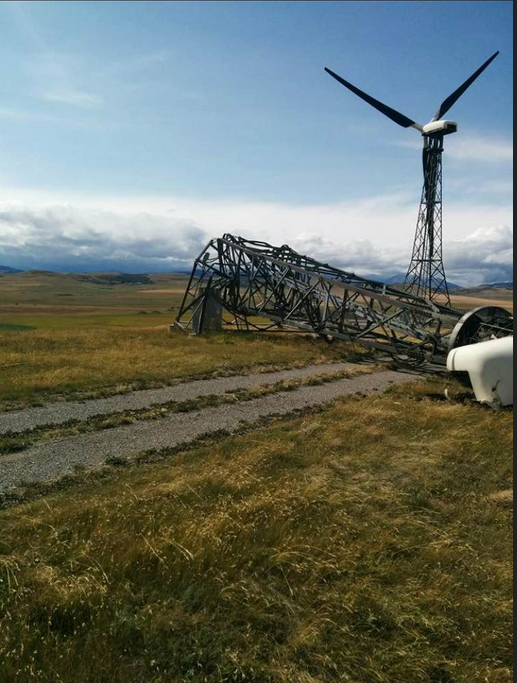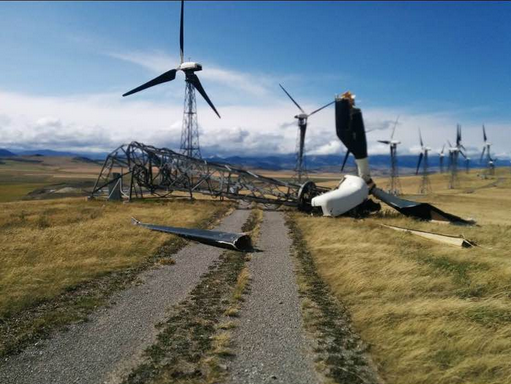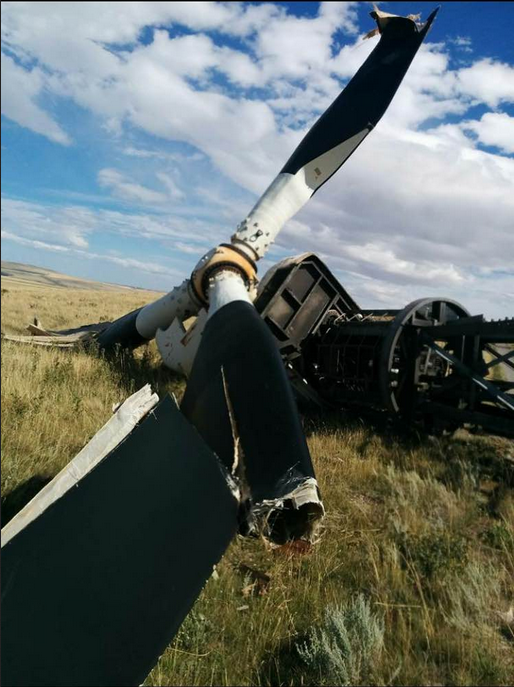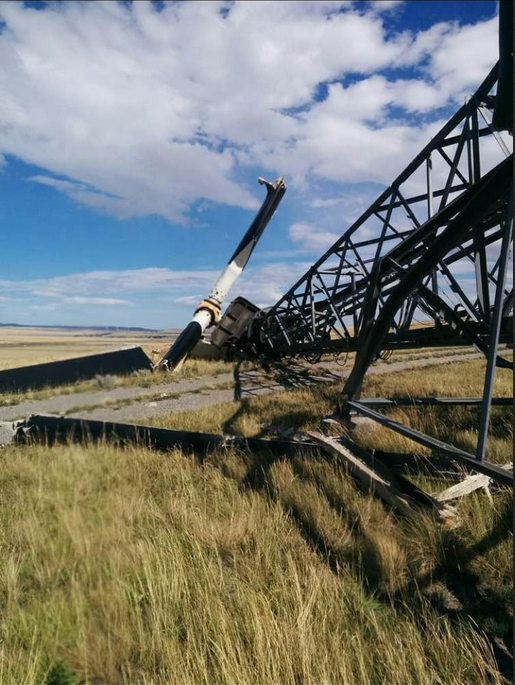Dave Core and Friends
- Written by CAEPLA
“In the long run, one of the best ways to promote economic development is to respect property rights.”
In the rush to stop Trump’s presidential bid a lot of media and pundits have suddenly discovered property rights because Eminent Domain (government expropriation) is one of the GOP front runner’s vices.
This is good news for Canadian landowners as US political topics eventually trickle into the public debate in Canada too.
This article, while a bit too sympathetic to the “hold out” argument in favour of expropriation, does point out a couple of things CAEPLA supports: engineering innovation and secret assembly.
There is simply no need to violate property rights, ever. Respecting property rights in fact enhances economic development.
Arguably resorting to Eminent Domain/expropriation hurts industry.
The case could be made that had TransCanada not indulged in the practice in Nebraska and other states for the construction of its ill-fated Keystone XL pipeline, the project might have gone through. Local farmers and ranchers would not have been alienated, meaning celebrity and other environmental activists might not have found fertile ground to help create the political cover President Obama needed to block it.
We would note too that in Canada, where TransCanada effectively respected landowners and property rights, CAEPLA was able to negotiate a precedent setting, ‘win, win’ business agreement with the company.
We look forward to seeing how the latest property rights debate plays out over this US election cycle. If you want to take a closer look at the subject we hope you will check out the first issue of the quarterly print edition of the Pipeline Observer, where several writers discuss the topic and its importance to you as a landowner and citizen at length. If you are already a member of CAEPLA you will be receiving your copy in the mail soon. If you would like a free subscription, contact us here.
![]()
